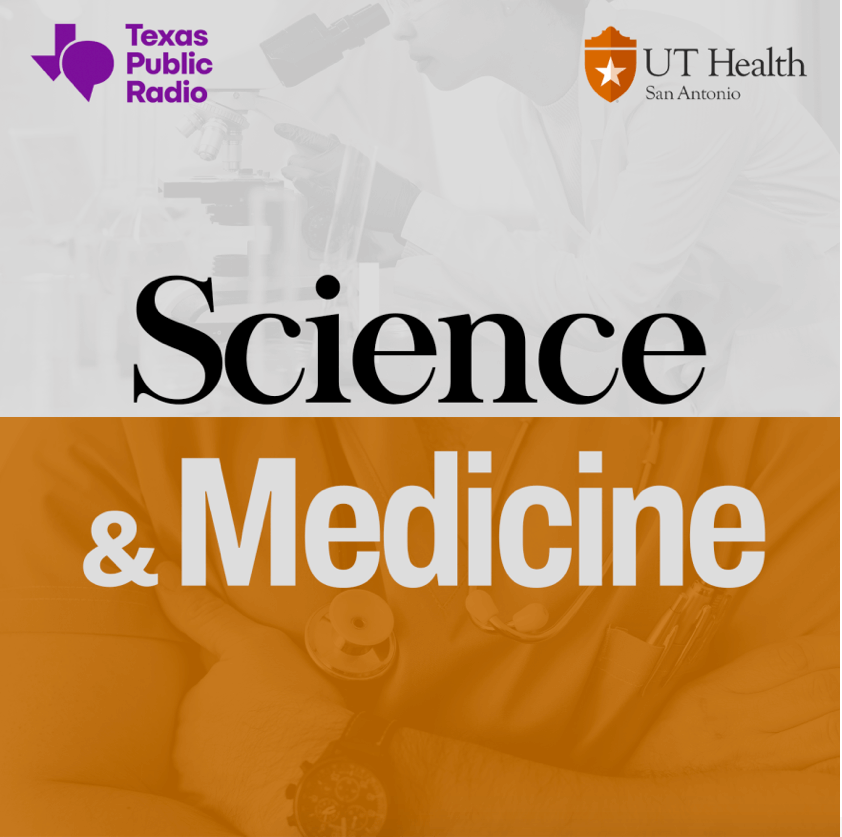Listen to Texas Public Radio’s Science & Medicine, a podcast that explains how scientific discovery at the UT Health Science Center San Antonio advances the way medicine is practiced around the world. Artificial intelligence may be somewhat unsettling, but it also has the potential to improve and even save lives, according to Mohamad Habes, PhD, assistant professor of radiology at UT Health Science Center San Antonio.
An artificial intelligence (AI) tool developed at The University of Texas Health Science Center at San Antonio accurately counts brain lesions on MRI scans within seconds. Once it is adapted to the clinic, the AI tool should help neuroradiologists to evaluate patients’ brain diseases at earlier stages.

“Certain kinds of brain lesions are tremendously difficult to quantify without AI,” said Mohamad Habes, PhD, assistant professor of radiology and director of the neuroimaging core at the university’s Glenn Biggs Institute for Alzheimer’s and Neurodegenerative Diseases.
“We have developed an innovative deep-learning tool to precisely quantify every single enlarged perivascular space in the brain and provide us with a map of the patient’s small-vessel disease,” Habes said.
These enlarged perivascular spaces (ePVS’s), filled with cerebrospinal fluid, surround arteries and veins and are a marker of cerebral small-vessel disease that can lead to stroke and dementia.
Before this tool, ePVS’s were ignored because of the difficulty of counting them on MRI scans.
“On average a middle-aged person might have maybe 500 or 600 of these small spaces on an MRI,” Habes said. “Think about a neuroradiologist who is going to sit down and count all of them. That’s not really going to happen. He or she would spend one or two hours per scan, or even more, and that amount of laborious effort is not feasible in the workflow of a busy clinic.”
Habes and his team trained an algorithm to be able to quantify these lesions on its own.
“This tool recognizes them, tells us their exact locations, counts them and tells us their volumes. It tells us a ton of information about them, far more than what a human can do,” Habes said.
The researchers’ hope is that the AI tool for enumerating brain lesions will be further studied at the Alzheimer’s Disease Research Centers (ADRCs), which are U.S. National Institute on Aging-Designated Centers of Excellence. The South Texas ADRC, the only such center in Texas, is a collaboration of UT Health Science Center San Antonio’s Biggs Institute with The University of Texas Rio Grande Valley.
“This is a great breakthrough for our ADRC, which is focusing a lot on cerebrovascular disease and its contribution to dementia,” Habes said. “This is one of the unique themes of our ADRC, and we think our novel AI methodology can benefit large-scale studies conducted across the nation’s ADRCs.”


